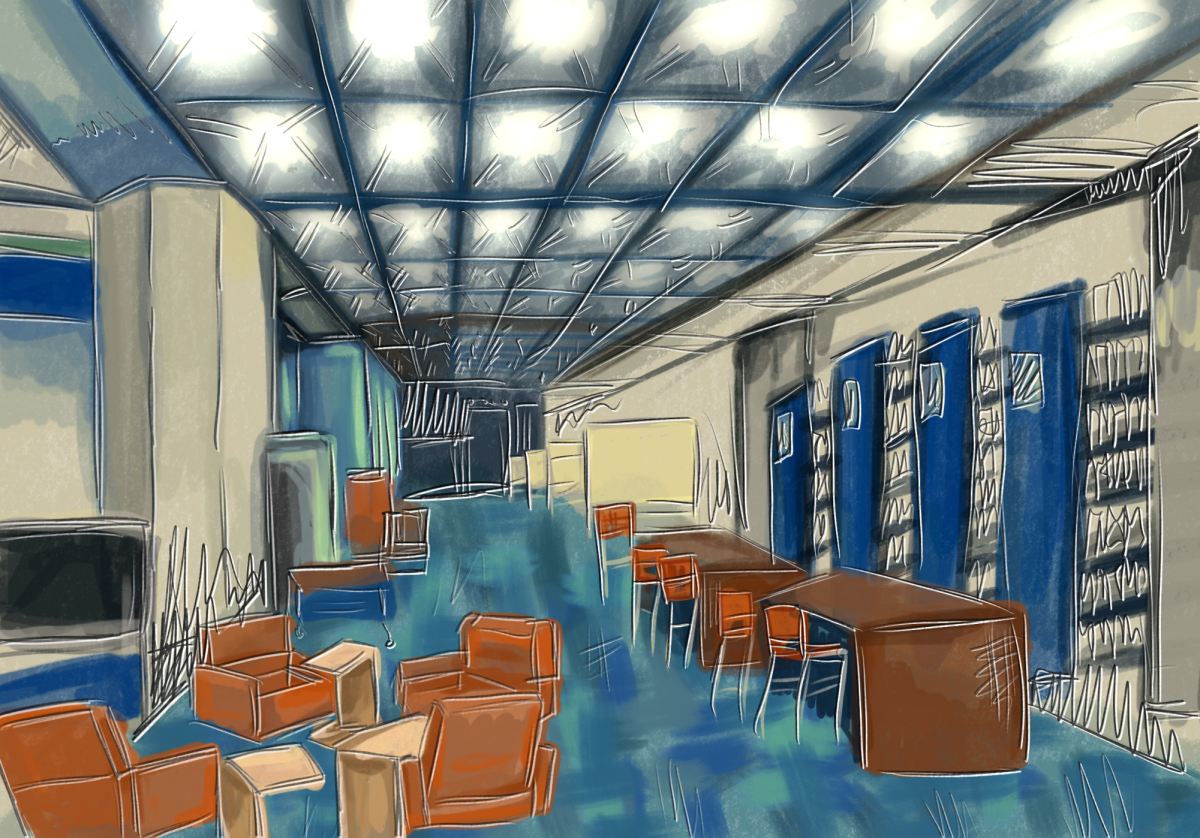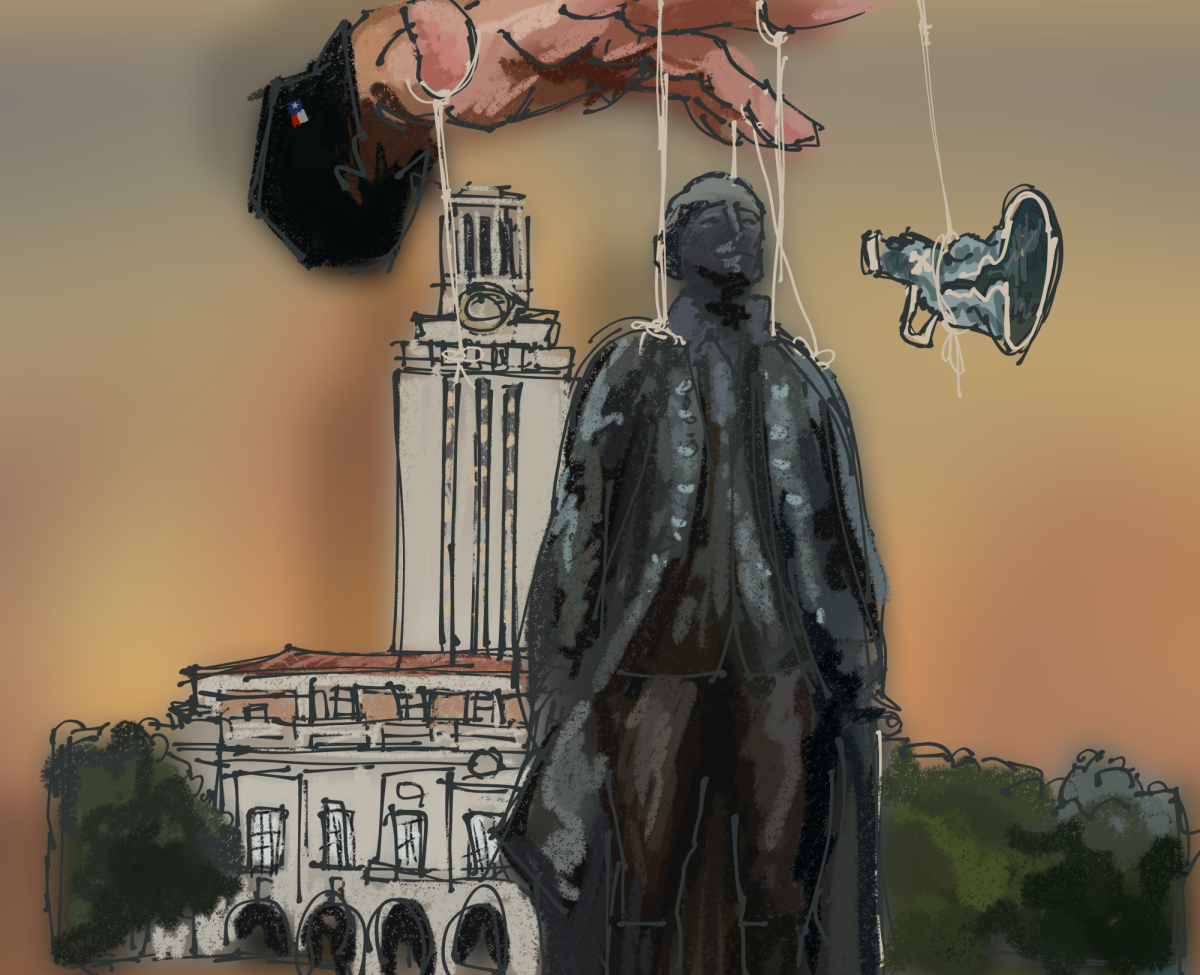When testing season rolls around, Longhorns flock to libraries across campus to prepare for their exams. While UT Austin has 10 libraries, only the Perry-Castañeda Library (PCL) is open 24 hours a day. As a result, study groups often converge on the PCL as midterms approach.
But as more groups arrive, the library’s limited collaborative study spaces rapidly become full, leaving only quiet floors for student use. Many students study best in a group setting, but less space restricts students to quiet floors when options for group study spots become sparse.
UT libraries should convert one of the silent study floors in the PCL into a collaborative commons floor to match the needs of the student body.
Though peak testing season strains the PCL’s collaborative space, the problem exists year-round. Business freshman Hung-Lun Kuo visits the library regularly, and almost always does so with a friend or group. Kuo explained that he regularly has difficulty finding space to study with friends.
“When you actually want to work, you can’t find space, but I’ve been to the fifth floor and I see people playing poker,” Kuo said. “They could use other spaces.”
Rules around the proper usage of library spaces become difficult to enforce with reduced staff after hours, and increasing overnight staffing is not financially feasible. Instead, new collaborative spaces could free up room for those looking to study with peers.
Libraries Communications Officer Travis Willmann has also noticed an influx of people during finals season.
“I’ve been around long enough to see tents set up on the upper floors during finals time,” Willmann said. “I can totally appreciate that.”
Willmann explained that decisions around library organization are made by a committee in conjunction with the Director of Strategic Operations and are heavily influenced by students. Every other year, UT Libraries releases a survey soliciting student input, which directly influences the library’s operations.
“It’s very student-driven,” Willmann said. “We do take all of the student perspectives into account on this.”
In the survey’s 2022 results, 46.32% of respondents stated they preferred quiet spaces. While this is the largest group of respondents, the survey results may not reflect a representative sample of UT’s student body. Furthermore, the PCL facilitates ample quiet space on other silent study floors.
Although group study spaces exist outside of the library setting, the PCL’s safety, after-hour access and plethora of digital and physical resources appeal to many.
More collaborative commons floors would not eliminate quiet study spaces altogether. Instead, it would substitute the function of just one floor and provide students with additional access to collaborative spaces while still maintaining the core use of a library’s quiet spaces.
Doud is a journalism and government freshman from Conroe, TX.














